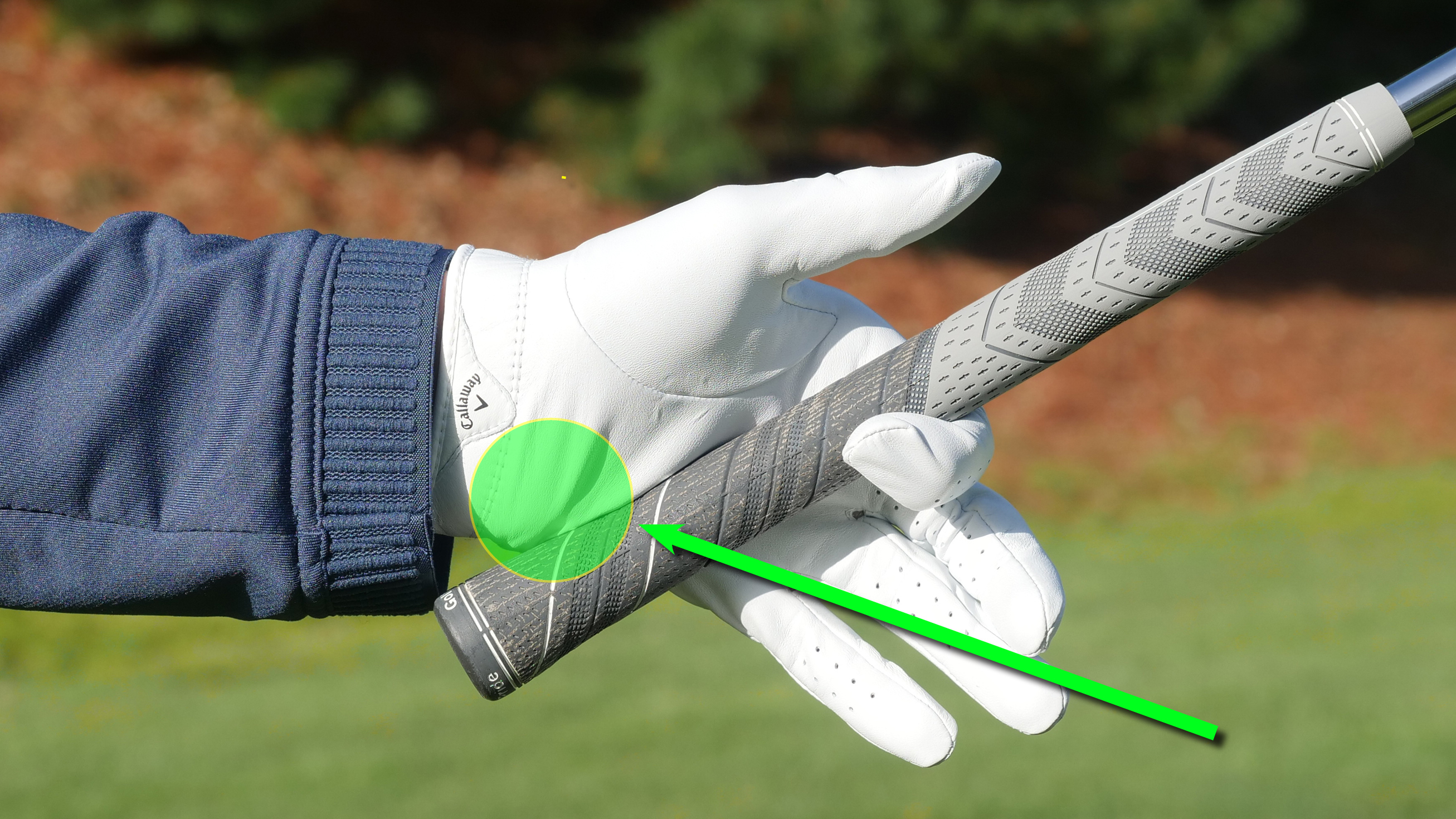What Is The Right Golf Grip Pressure?
In this video, PGA pro Paul Foston offers some tips on how to grip the club properly


A lot of factors need to come together to play your best and it starts with honing the perfect golf grip for your game. One of the things that can go wrong here is that golfers hold the club too loosely or, more commonly, too tightly. In the video and article below, Golf Monthly Top 50 Coach Paul Foston runs through everything you need to know.
Knowing how to grip a golf club with the right pressure is essential because you need relaxed forearms to make a free-flowing, fluid golf swing. If this is something you're struggling with, try this...
First, grip the club as usual and hold it out in front of you so that your arms are horizontal. Now reduce your grip pressure so the club slowly drops down. Now increase the pressure gradually until the club raises back to its original position. Once the club is back up, do not squeeze it any tighter. This is the ideal grip pressure - enough to be in control of the club but without strangling it and restricting your own swing.
If you can groove a grip that is tight enough to control the clubhead while ensuring the muscles in your forearms remain relaxed, your accuracy and power will both benefit.
This is well worth taking time to check while you're on the practice range because under pressure on the course, the tendency is to squeeze the grip too tight.
Grip test
To see how effective your grip is you need to test it. Hit five balls consecutively without adjusting your hands on the club between shots. At the end, check the position of the clubface and if it’s not perfectly square to the target, there is a problem.
Place a tee peg between your left hand and the top of the grip. Again, hit a series of shots ensuring that the tee remains in place. This simple drill will prevent your left hand from moving and changing position during the swing. Knowing how to choose the right golf grips for your game will also help.
Get the Golf Monthly Newsletter
Subscribe to the Golf Monthly newsletter to stay up to date with all the latest tour news, equipment news, reviews, head-to-heads and buyer’s guides from our team of experienced experts.
Another handy check can be done using just your lead hand (left for right-handers and right for left-handers). Remove your thumb, middle, ring and little finger and see if you can still hold the club between your index finger and the fleshy part in the palm of your hand. If you can't, that's a sign that you need to make a change. Do your homework first before making wholesale changes, though, as the fix could be as simple as upgrading into a set of the best golf grips.

Location: Paul Foston Golf Academy
Paul has worked with a number of Tour professionals over the years, and is proud to have successfully coached over 40,000 students. In 2005, he set out to design his own academy with a ‘world class’ coaching infrastructure of technical advancement and a tailor made short game layout to practice every real life challenge experienced on course.
Greatest success story:
Fulfilling the dreams of five international players - Paul Way, Mark Roe, Craig Parry, Jamie Spence and Peter Mitchell, taking them to European Tour victories and one to Ryder Cup success.
Teaching philosophy:
Golf is one of the most challenging sports to accomplish. To play well consistently requires you to invest time in lessons, practice and play in equal measure; this will give a solid foundation and enable you to develop skills across the whole spectrum of the game. Identifying an individual’s learning style is key to coaching and effective communication. My imaginative mind and use of analogy is a creative, easily understandable method to convey instruction and simplify technique.
Significant teaching influences:
I have amassed a great body of knowledge by researching the world’s best players and their unique ability to play golf at the highest level. I have also kept pace with technology and golf equipment advancements. These findings have given me a deep understanding of swing dynamics and techniques which have been incorporated into my classic coaching style.
-
 JM Eagle LA Championship Prize Money Payout 2025
JM Eagle LA Championship Prize Money Payout 2025The LPGA Tour heads to California for the JM Eagle LA Championship, where the largest prize money payout of the season so far is on the table
By Mike Hall
-
 Corales Puntacana Championship Prize Money Payout 2025
Corales Puntacana Championship Prize Money Payout 2025The PGA Tour’s latest opposite field event features an attractive prize money payout and some former champions in the field
By Mike Hall